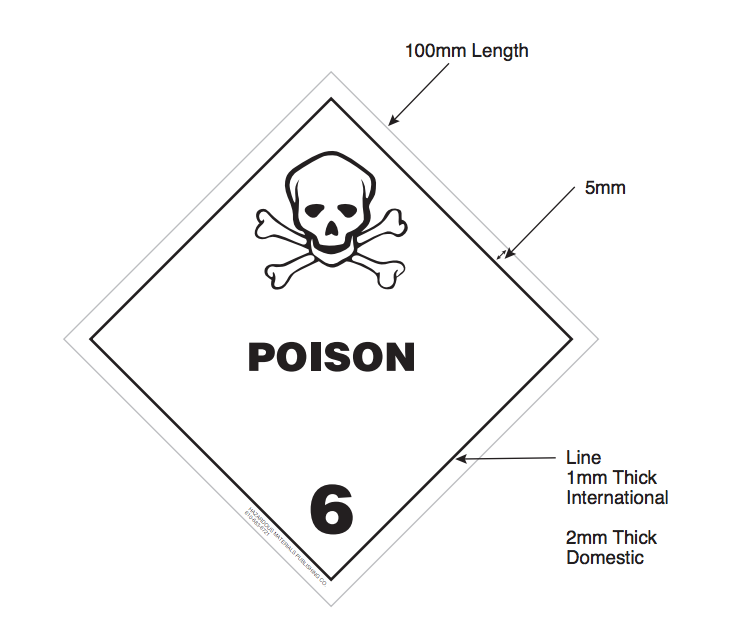I know you’ve heard the expression, “it is what’s on the inside that counts.” However, that may not be the case if you ship hazardous materials, waste, and substances; in addition to, marine pollutants and/or elevated temperature materials. The Department of Transportation has issued new fines and penalties concerning the closure of packagings of hazardous materials in 49 CFR.
New fines and penalties have been assessed for hazardous material shippers that failed to meet the proper closure requirements for packaging. The general ‘‘No Leak Standard” for all packagings can be found in 173.24(b) and it deals primarily with packaging as a whole, however it is 173.24(f) that focuses on the closure. Also be aware that the Department of Transportation has considered both leak and non- leak scenarios along with the package size to reach the appropriate penalties.
You better hope there is no leak, which if found could increase the fines usually up to 50%. Then, in any circumstance in which a leak comes into contact with a human being, it well could increase the fine by at least 100% (up to $79,976), this of course is only if no one is hurt.
If the violation results in death, serious illness, injury or substantial destruction of property, the fine amounts would increase. This maximum amount could reach up-wards of $186,610.
IMPROPER CLOSURE
—Small bottle or box. .....................................................................................................$1,000
—55-gallon drum. ............................................................................................................$2,500
—Larger container, e.g., IBC; not portable tank or tank car ..............................$5,000
OUTSIDE THE CONTAINERS
And it’s not just what’s on the inside, apparently DOT also is concerned about what is on the outside. Shippers should be aware that this new rule states, any residue of a hazardous material that is found adhering to the outside packaging in transportation could be a additional fine of up to $5000. This fine again, would only be increased based on human exposure, death, serious injury or substantial destruction of property.
This new rule includes clarification on the liability for shippers who use incorrect, improperly stenciled and unmarked containers. Download a copy of this November 27, 2018 Federal register at https://www.govinfo.gov/content/pkg/FR-2018-11-27/pdf/2018-24930.pdf .
We will be covering all these topics and more at the next Hazardous Materials and Waste Management Compliance Seminar, in a city near you. If you have any questions, comments or input please contact me. Thank you for your readership and support.
Robert J. Keegan
Publisher and President
Hazardous Materials Publishing Company
Transportation Skills Programs Inc.








